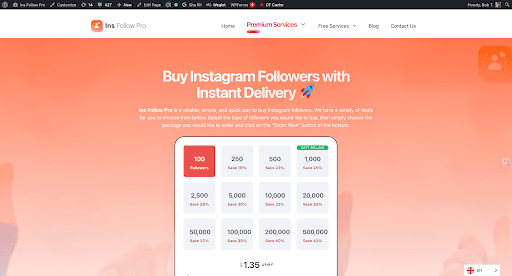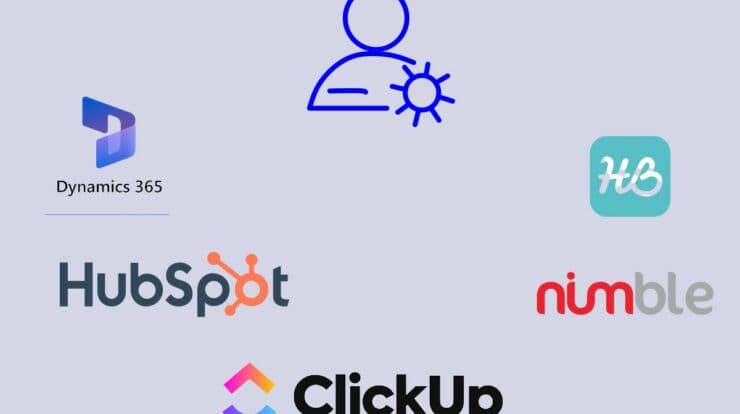
Remote access solutions are essential for many businesses to stay competitive and stay connected with their customers. The growing relevance of remote access solutions has become paramount for maintaining productivity, collaboration, and business continuity.
Know the challenges faced by businesses, especially small and mid-sized enterprises (SMEs), in adopting remote access technology and provides insights into the available solutions in the market.
The Relevance of Remote Access Solutions
Challenges in Remote Work Adoption:
The rapid rise of remote work has presented businesses with unique challenges, particularly for SMEs. The hurdles include the financial burden of technology adoption, the complexity of implementing secure and efficient remote access solutions.
And the constant concern over cybersecurity. As businesses grapple with these obstacles, the need for robust and user-friendly remote access technologies has become more evident than ever.
Overview of Remote Access Technologies
Types of Solutions:
Several remote access solutions dominate the market, each offering a unique set of features. Notable players include TSplus, Citrix, and RDS (Remote Desktop Services). These solutions empower businesses by providing remote access to desktops, applications, and data, enabling employees to work from anywhere seamlessly.
While Citrix and RDS are established names, TSplus has gained recognition for its simplicity and cost-effectiveness, making it an attractive option for SMEs looking to bridge the remote work gap.
Features and Considerations
Key Considerations:
Choosing the right remote access solution is critical for ensuring a smooth transition to remote work. Key considerations include ease of use, scalability, security, and cost-effectiveness.
Solutions like TSplus stand out by offering a comprehensive range of services, from robust cybersecurity measures to efficient server monitoring. These features address the concerns of businesses, providing not only secure access but also enhancing overall operational efficiency.
Trends and Future Outlook
Emerging Trends:
The landscape of remote access technology is continuously evolving. Emerging trends include the integration of Artificial Intelligence (AI) for enhanced security measures, the rise of zero-trust frameworks, and the increasing prevalence of cloud-based solutions. Businesses are adapting to these changes by prioritizing solutions that align with the evolving needs of remote workforces.
The Future of Remote Work:
As remote work becomes a long-term reality, the future outlook for remote access solutions is optimistic. Businesses are anticipated to invest in technologies that offer seamless collaboration, advanced security protocols, and increased flexibility.
Remote access solutions will play a pivotal role in shaping the new normal, providing the foundation for a workforce that thrives on flexibility and connectivity.
Overcoming Challenges for SMEs
Cost-Effective Solutions:
For SMEs, cost considerations often play a pivotal role in technology adoption. Remote access solutions like TSplus offer a cost-effective alternative without compromising on functionality. This affordability empowers smaller enterprises to bridge the technology gap and compete on a level playing field with larger counterparts.
Simplifying Complexity:
The complexity associated with implementing remote access solutions can be a roadblock for businesses, particularly those without dedicated IT departments. TSplus stands out for its user-friendly interface and straightforward deployment, making it an accessible choice for SMEs looking to streamline the transition to remote work without grappling with intricate technological challenges.
Ensuring Security in Remote Work
Robust Cybersecurity Measures:
Security remains a top concern for businesses embracing remote work. Remote access solutions must not only provide access but also fortify the digital perimeter.
TSplus, Citrix, and RDS prioritize cybersecurity, implementing encryption protocols, multi-factor authentication, and continuous monitoring to safeguard against evolving cyber threats. This commitment to security ensures that businesses can embrace remote work without compromising sensitive data.
Zero-Trust Frameworks:
The adoption of zero-trust frameworks is gaining prominence as businesses acknowledge the need for a security paradigm that verifies every user and device attempting to access company resources. Leading remote access solutions are incorporating zero-trust principles, enhancing security by assuming that threats may exist both inside and outside the network.
Adapting to the Future
Hybrid Work Models:
As businesses transition towards hybrid work models, where employees split their time between office and remote locations, remote access solutions will play a pivotal role. Businesses are adopting technologies that seamlessly integrate with these hybrid environments, allowing employees to switch between on-site and remote work effortlessly.
Flexibility and Scalability:
The future of remote work is synonymous with flexibility. Remote access solutions need to be scalable to accommodate the dynamic nature of remote workforces. TSplus and similar platforms cater to this need, offering scalable solutions that can grow alongside businesses, ensuring a future-proof investment.
Conclusion:
The realm of remote access solutions is crucial for businesses aiming to thrive in the evolving landscape of remote work. Overcoming challenges and making informed choices about technologies like TSplus, Citrix, and RDS ensures not only business continuity but also positions organizations at the forefront of the future of work.
As trends continue to shape the way we work, embracing innovative and secure remote access solutions becomes a strategic imperative for businesses of all sizes.


